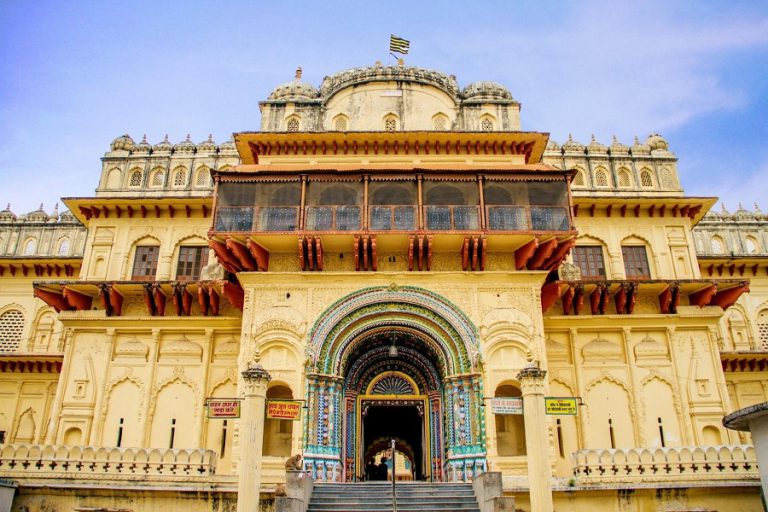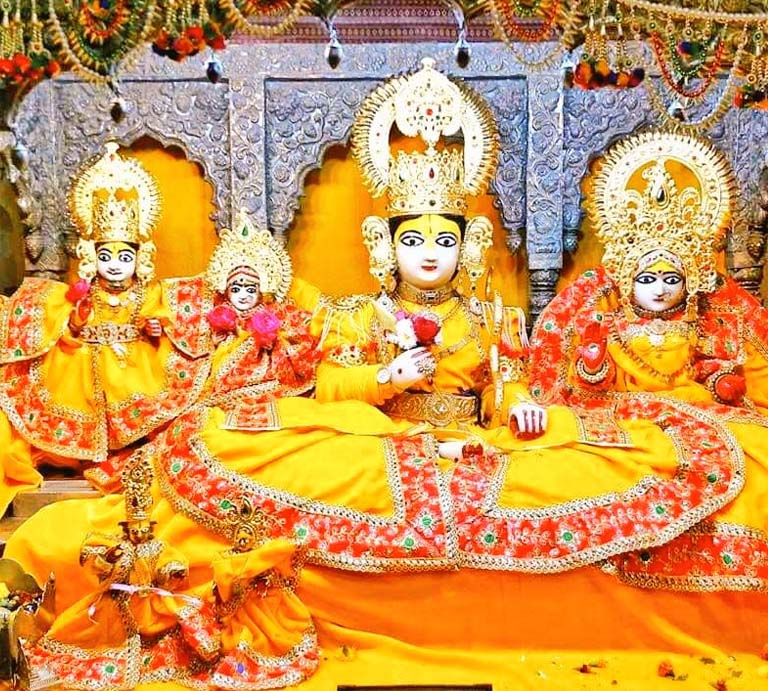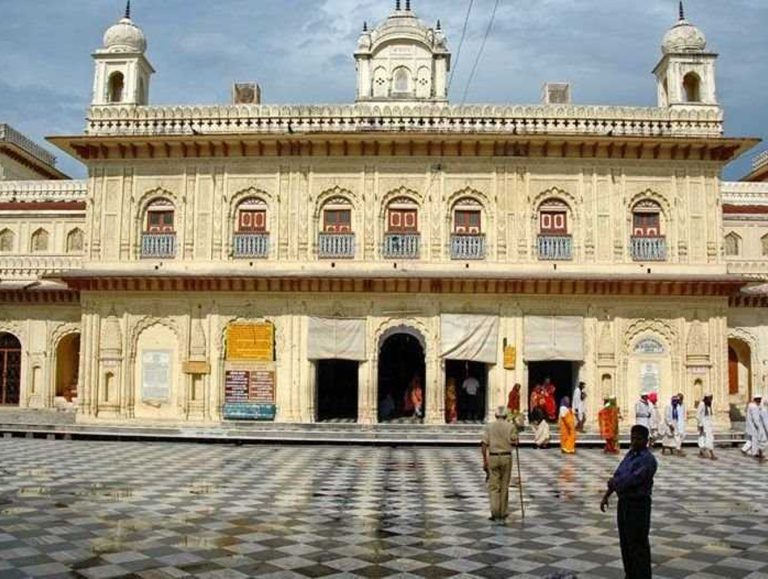
Our Packages
Don’t just dream about your next adventure—make it happen! Explore our packages and book now to start creating memories that will last a lifetime.

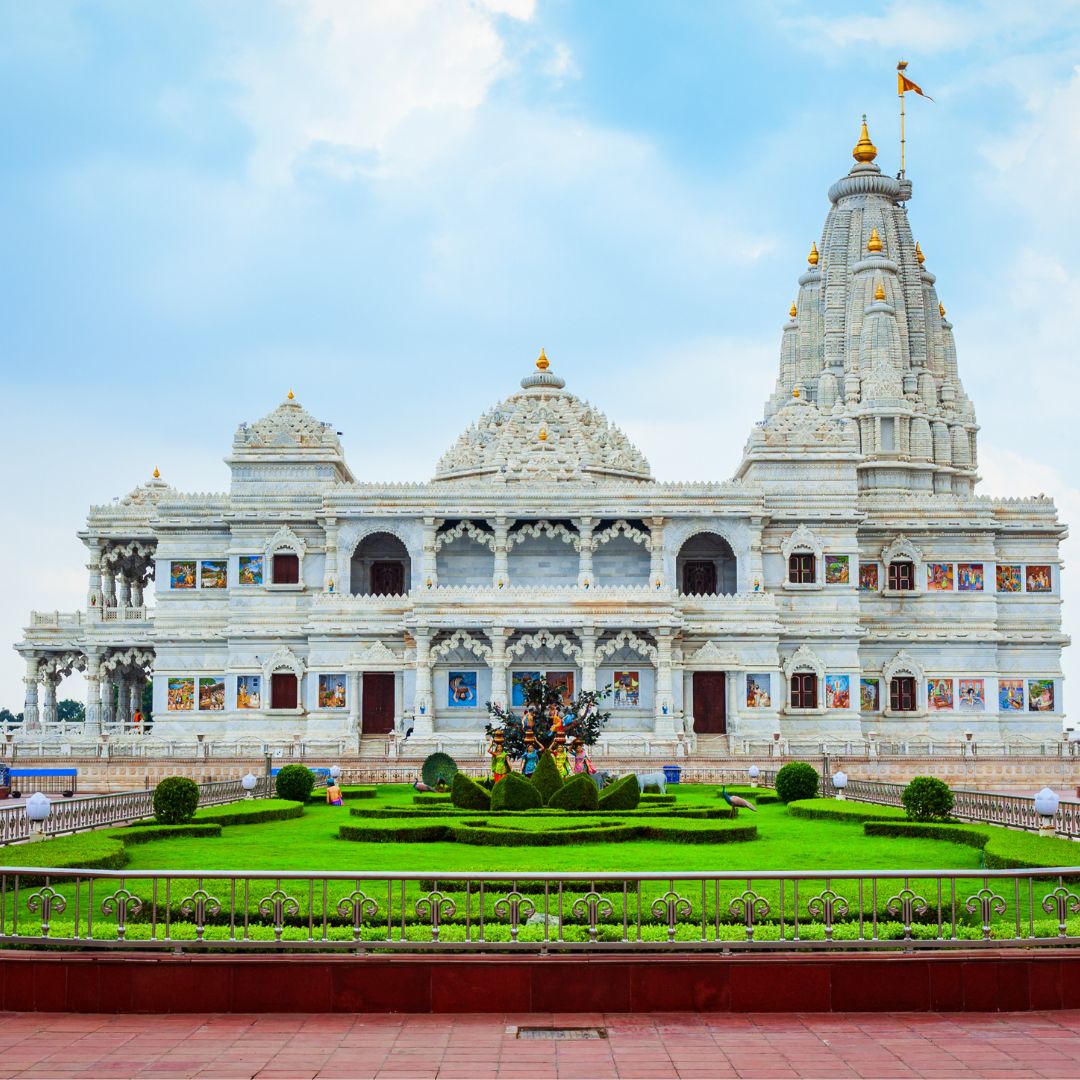
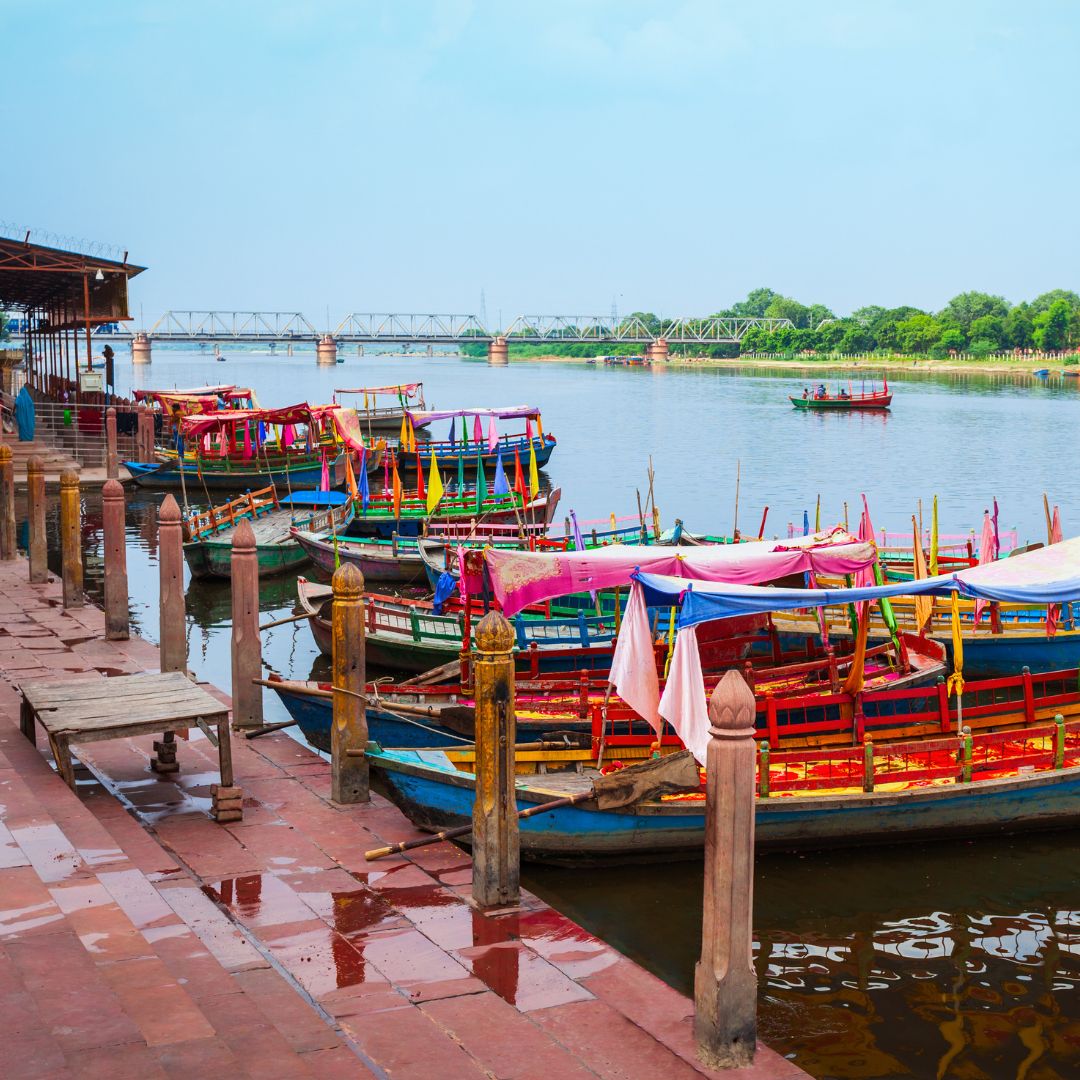
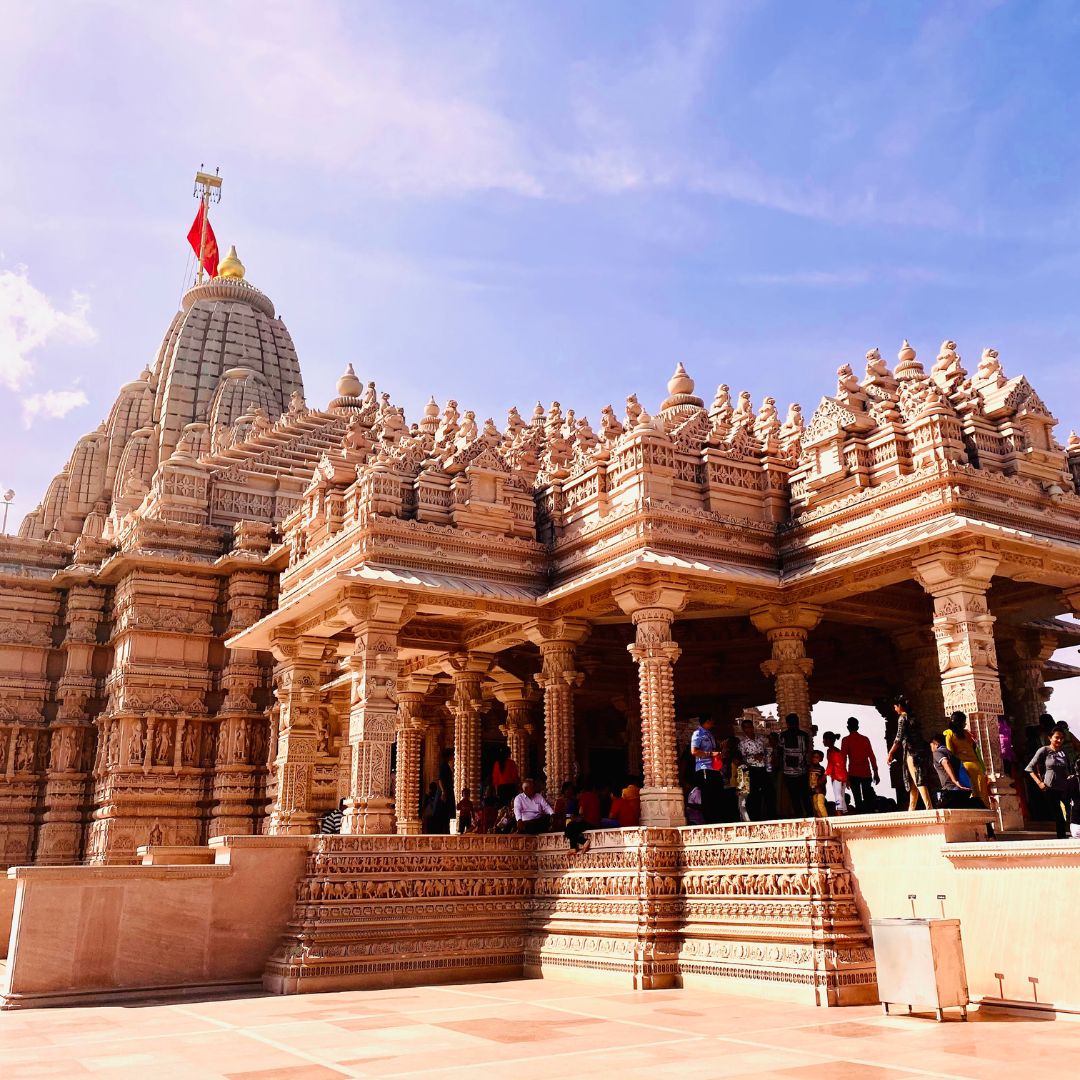
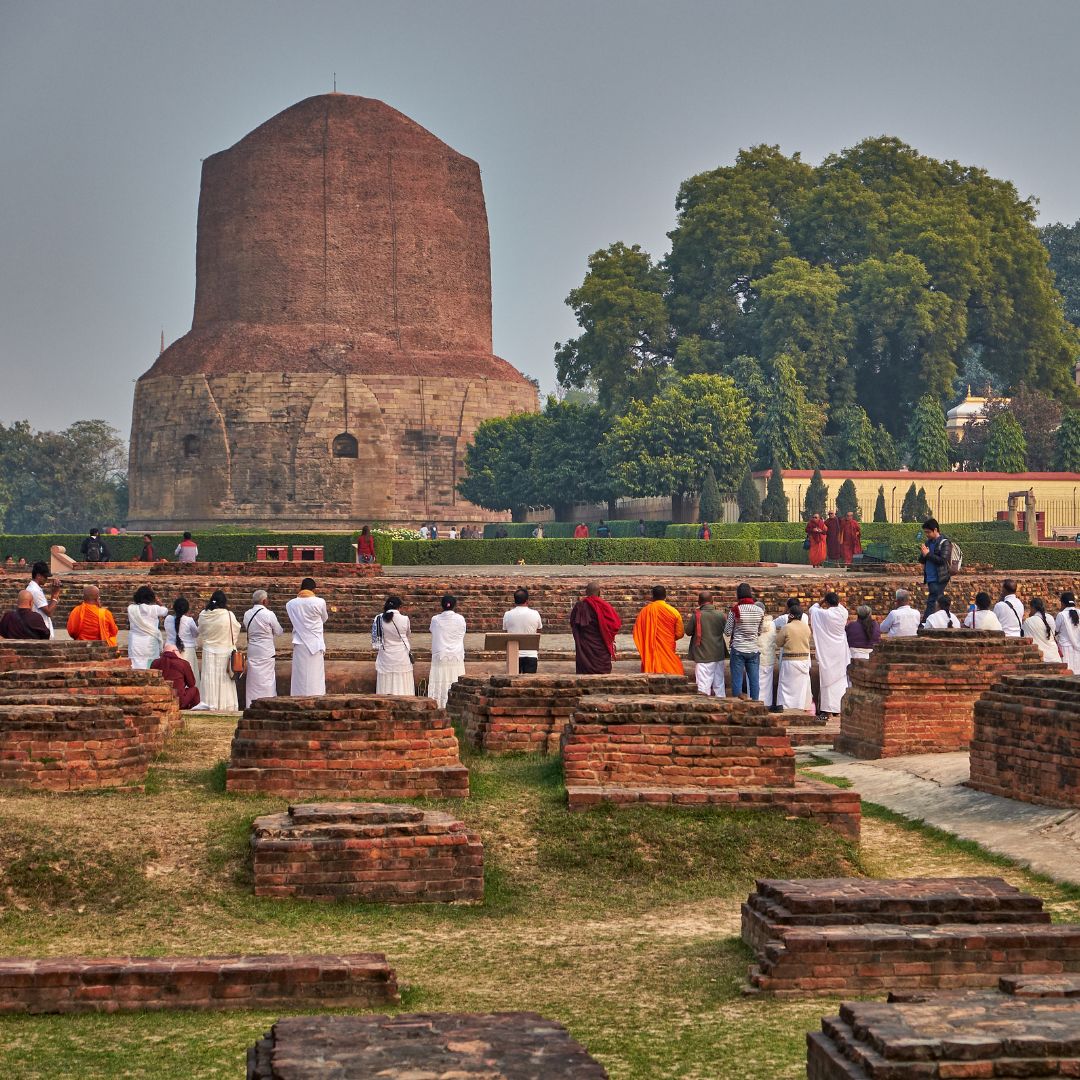
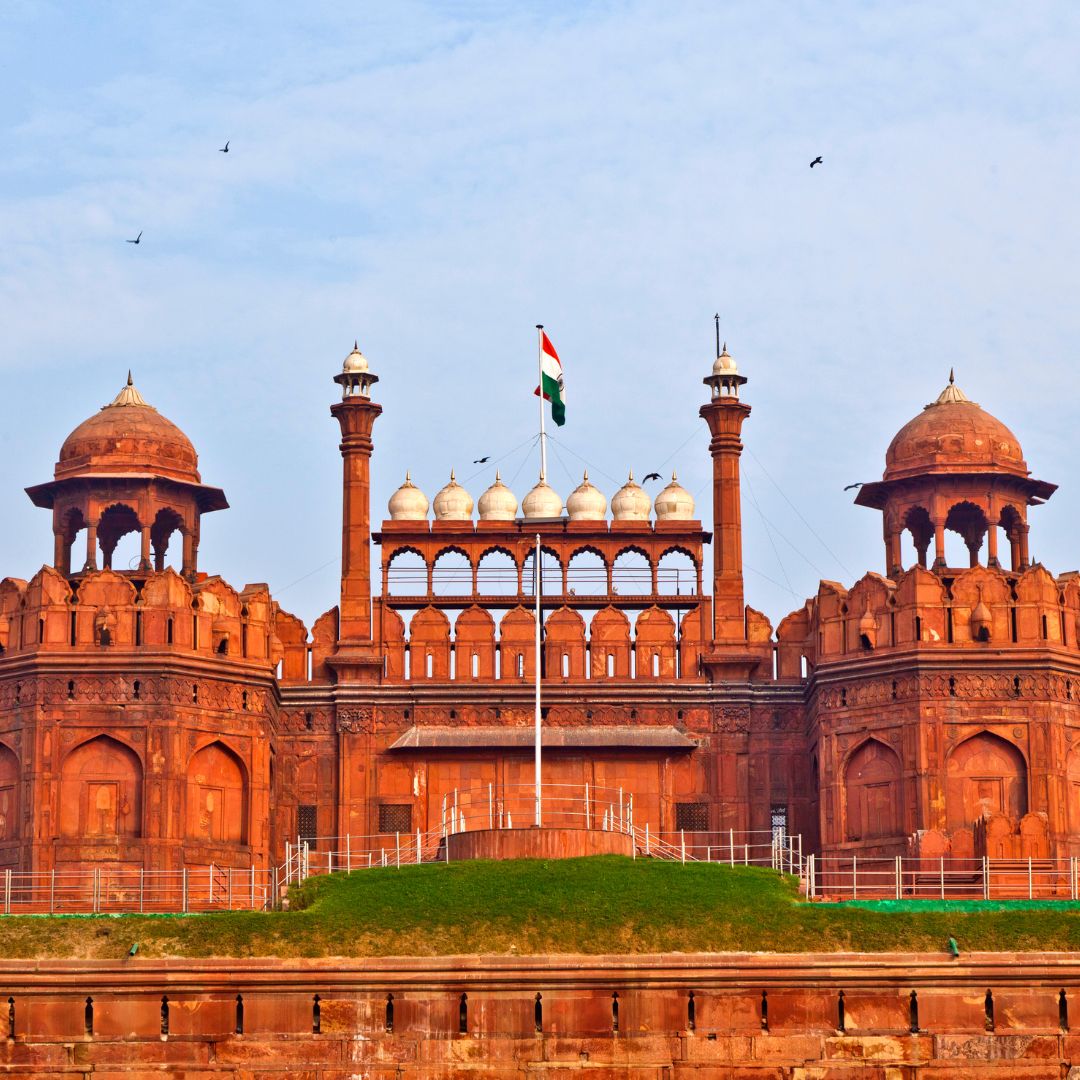
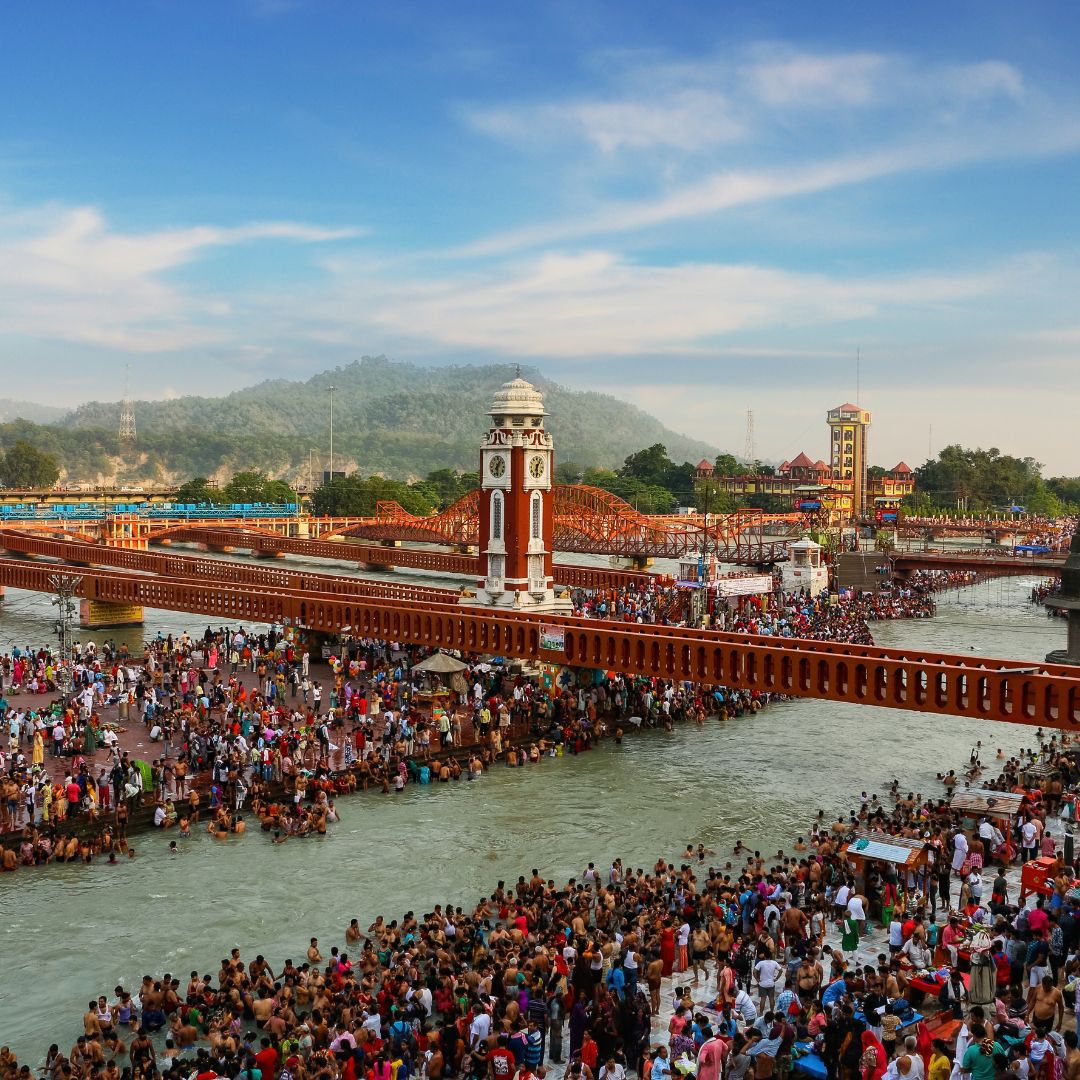
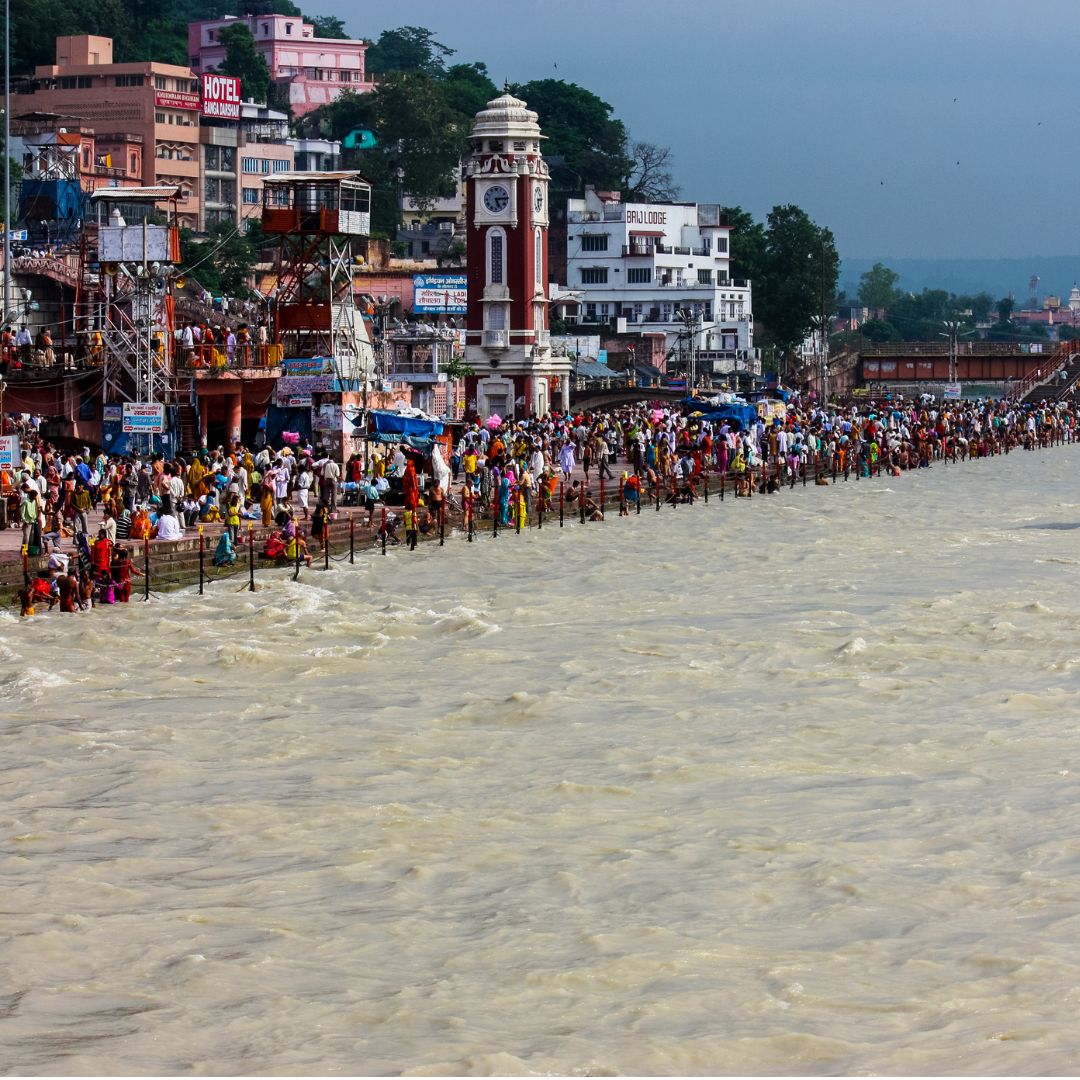
Ayodhya Temple
Ram Janmabhoomi
Ram Janmabhoomi is a highly significant and historically charged site in Ayodhya, India. The location holds great religious and cultural importance and is primarily associated with Lord Rama. Ram Janmabhoomi is the birthplace of Lord Rama, the seventh avatar of Lord Vishnu and is venerated as a symbol of righteousness and dharma. The site represents the deep-seated faith and reverence that millions of Hindus have for Lord Rama. It is considered a symbol of religious and cultural heritage and holds immense spiritual significance.
Restoration of the Temple: Following a legal verdict in 2019, it was ruled that the site would be returned to the Hindus, and a Ram Temple would be constructed at the birthplace of Lord Rama.
Festivals and Celebrations: Ram Navami, Dussehra, and Diwali are some of the major Hindu festivals celebrated at Ram Janmabhoomi with great enthusiasm and devotion. These festivals draw large crowds of devotees who participate in special rituals, pujas, and cultural performances.
The construction of the Ram Temple at Ram Janmabhoomi is a momentous event in the history of Ayodhya and the broader religious and cultural landscape of India. It reflects the enduring significance of Lord Rama and the power of faith in shaping the cultural heritage of the country.
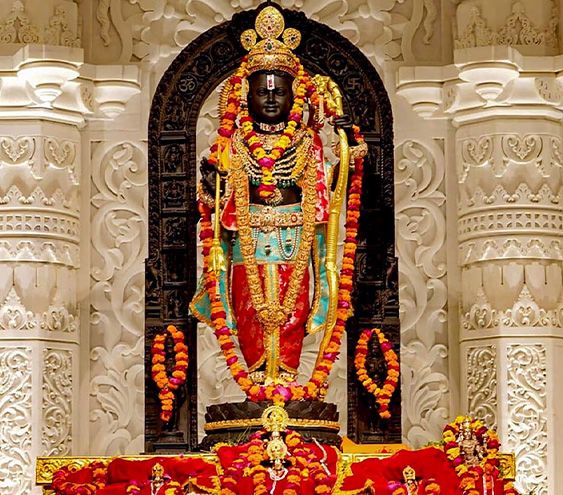
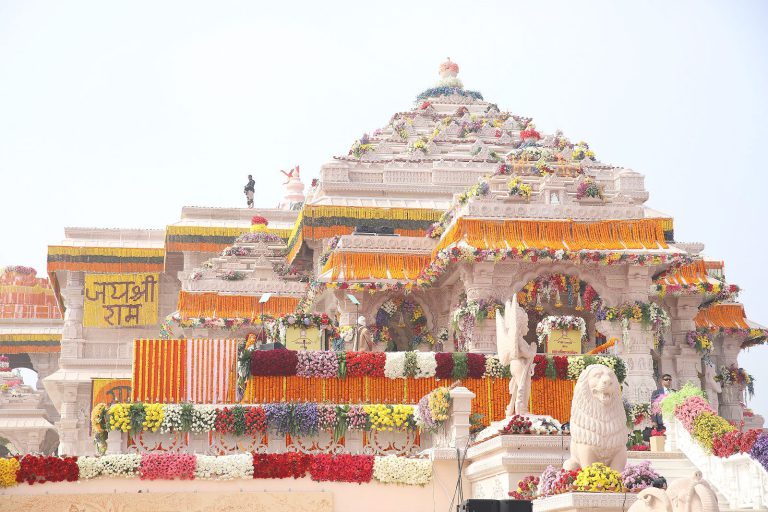
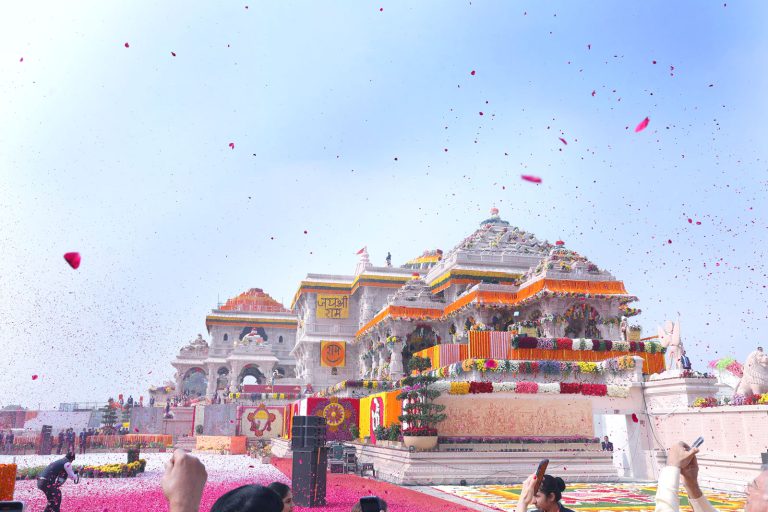
Saryu Ghat
The Saryu Ghat is a prominent and sacred ghat located in Ayodhya. Situated along the banks of the Saryu River in Ayodhya. Saryu Ghat holds deep religious significance for Hindus, particularly for devotees of Lord Rama.
Holy Bath: Pilgrims and devotees visit the Saryu Ghat to take a holy dip in the sacred waters of the Saryu River. Bathing in these waters is considered purifying and spiritually significant.
Ghat for Rituals: The Saryu Ghat is used for various religious and cultural rituals. Devotees often perform pujas (worship ceremonies) and aartis (ritual offerings) at the ghat. It is a place where people come to offer prayers and seek blessings.
Chaiti and Kartik Melas: Ayodhya hosts two significant religious fairs, the Chaiti Mela and the Kartik Mela, during which the Saryu Ghat becomes a focal point for devotees and visitors. These melas are held on specific dates and are marked by various cultural and religious activities.
Connectivity to Lord Rama: According to Hindu tradition, Lord Rama and his brothers, Sita, and Lakshmana are believed to have resided in Ayodhya, and the Saryu Ghat is where they are believed to have taken a dip in the river.
Promenade and Ghats: Ayodhya has several other ghats along the Saryu River, and a pleasant promenade provides a serene environment for visitors to walk along the riverbanks and enjoy the scenic beauty.
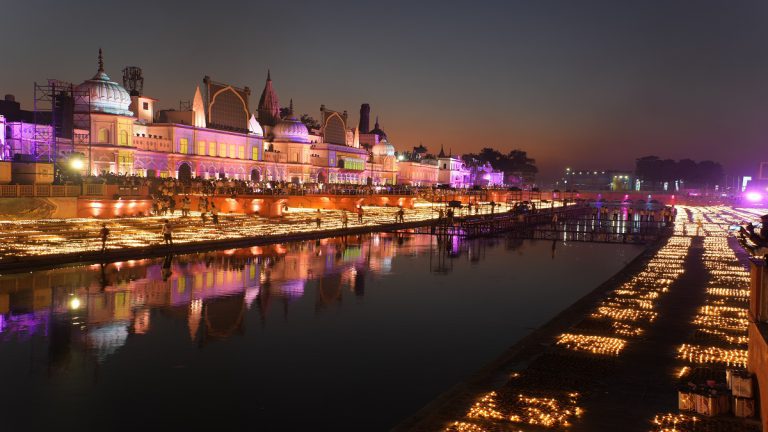
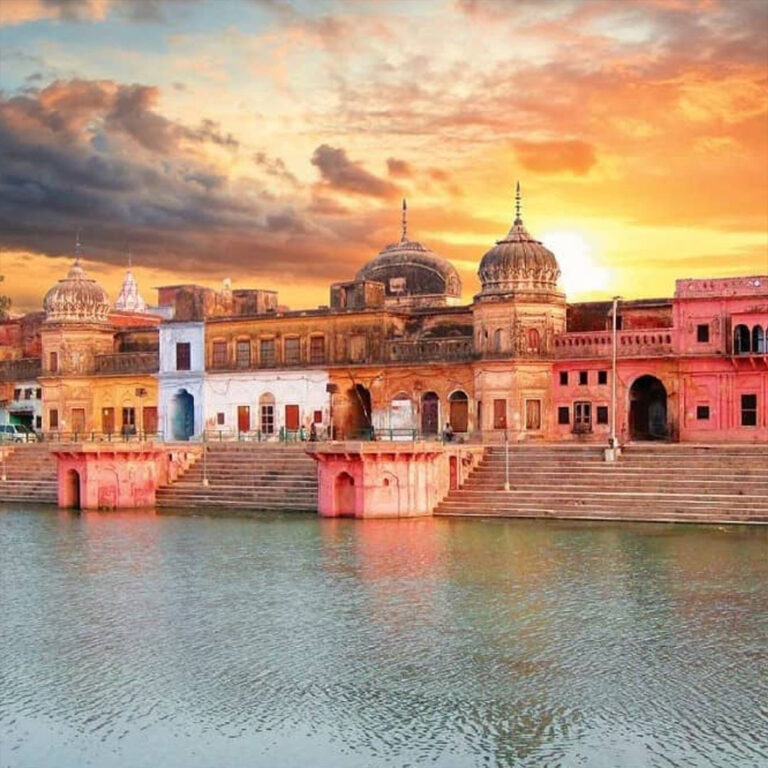
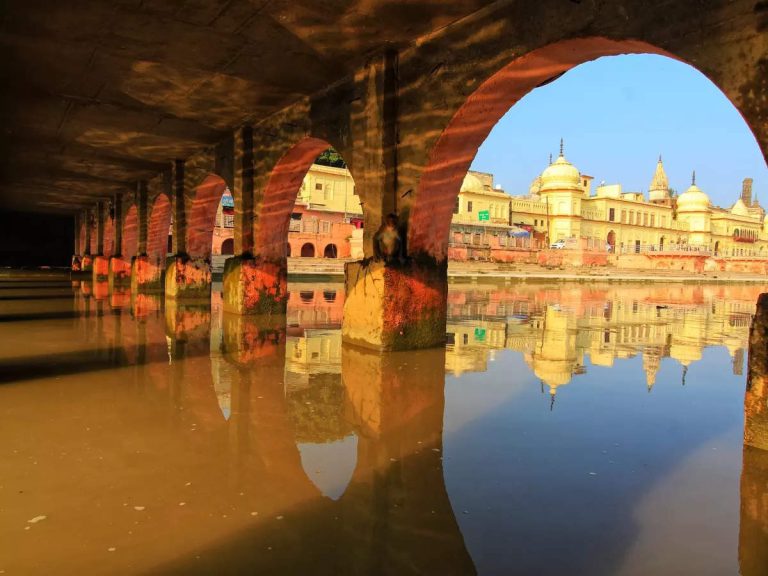
Hanuman Garhi
Timings: 6 AM to 12 PM and 5 PM to 8:30 PM, open all days
Hanuman Garhi Hanuman Garhi is a highly revered and popular religious shrine located in the city of Ayodhya. This temple is dedicated to Lord Hanuman, known for his unwavering devotion to Lord Rama. Hanuman Garhi is situated in the heart of Ayodhya, a city of immense religious significance, especially for followers of Lord Rama. It is one of the most prominent and visited religious sites in Ayodhya.
Religious Significance: According to legend, a visit to Hanuman Garhi is believed to wash away one’s sins and fulfil their wishes. Devotees flock to this temple year-round to seek the blessings of Lord Hanuman.The inner sanctum of the temple houses a statue of Mata Anjani holding baby Hanuman in her lap. This depiction of Hanuman’s childhood is a unique aspect of the temple.The temple comes alive during major Hindu festivals such as Ram Navami, Ram Leela, Diwali, Dussehra, and Hanuman Jayanti. These festivals are celebrated with great enthusiasm and devotion, making the temple an even more vibrant and spiritually charged place during these occasions.
Architectural Beauty: Hanuman Garhi is renowned not only for its spiritual significance but also for its remarkable architectural design. The temple features circular bastions at each of its corners, and its design reflects the craftsmanship of the builders.Perched atop a mountain, Hanuman Garhi offers scenic views of Ayodhya and its surroundings. The temple’s location adds to its charm and makes it an appealing destination for visitors.
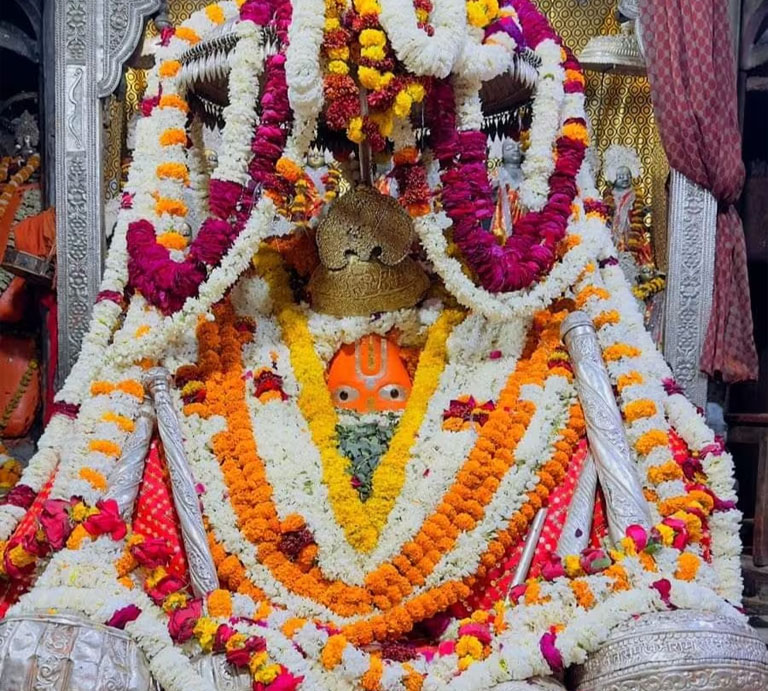
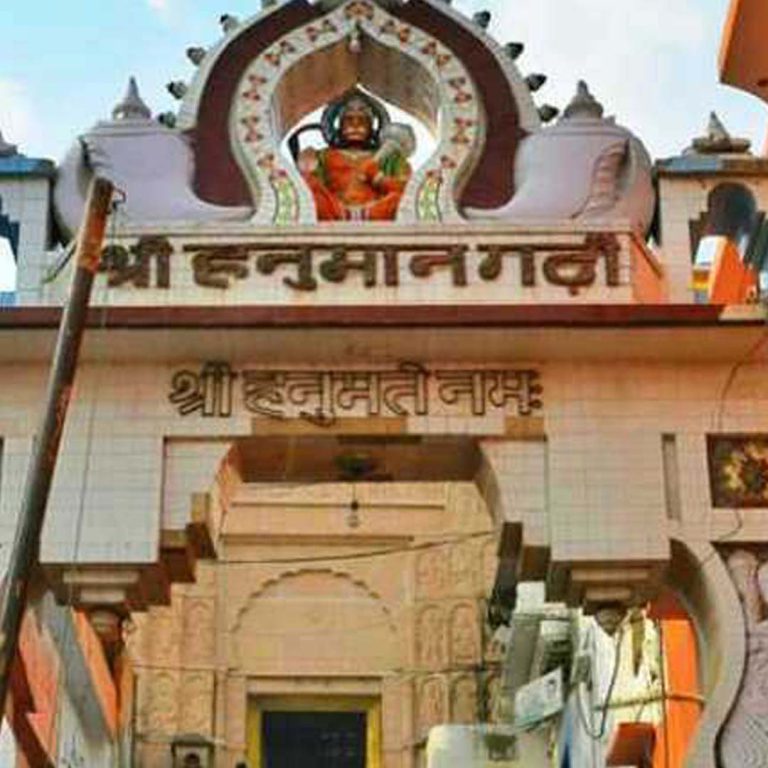
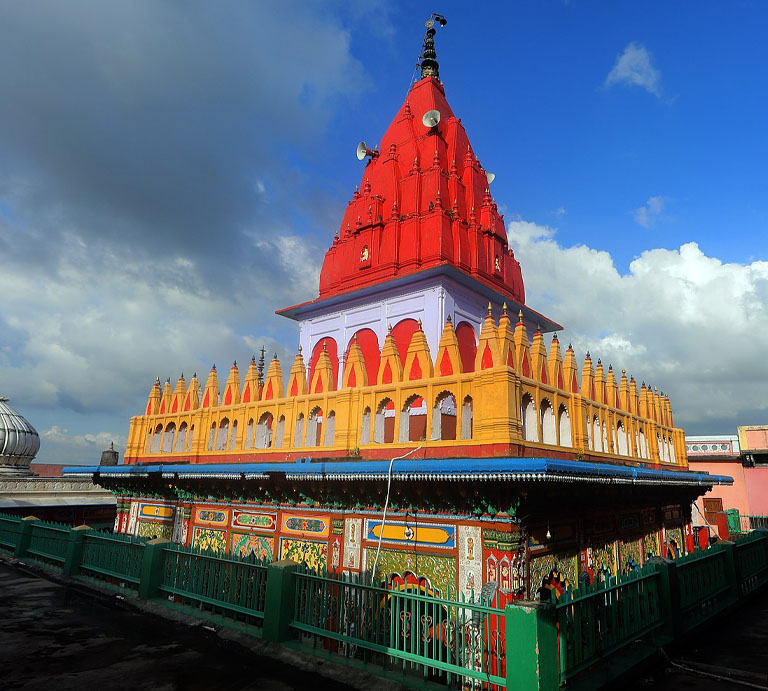
Nageshwarnath Temple
Timings: 5:30 AM to 12 PM and 5 PM to 8:30 PM, open all days
The Nageshwarnath Temple is a revered religious site in Ayodhya, India, and it holds historical and mythological significance. According to legend, the temple was built by Kush, Lord Rama’s younger son, who is an important character in the epic Ramayana. The story involves Kush losing his amulet while bathing in the Saryu River and being unable to find it despite his efforts. The Nag Kanya, Unbeknownst to Kush, a Nag Kanya (a female serpent deity) had found and kept the amulet. When she returned it to Kush, he was grateful and impressed by her. The Nag Kanya was a devotee of Lord Shiva. In honour of the Nag Kanya and her devotion to Lord Shiva, Kush erected the Nageshwarnath Temple in Ayodhya. The temple stands as a symbol of their encounter the respect that Kush had for her. The festival of Shivaratri, celebrated in March, is one of the major festivals observed at the Nageshwarnath Temple. During this time, devotees and visitors gather to celebrate Lord Shiva with great enthusiasm and devotion. The temple comes alive with religious rituals and a joyous atmosphere.
Architectural Features: The temple’s structure includes depictions of semi-divine Nagas (serpent deities) worshipping Lord Shiva. The temple’s design reflects the rich cultural and mythological heritage of Ayodhya.
The Nageshwarnath Temple, with its ancient origins and the story of Kush and the Nag Kanya, is a significant pilgrimage site in Ayodhya. It reflects the blend of mythology and devotion that characterizes the religious landscape of the city. The temple is not only a place of worship but also a place of cultural and historical significance where traditions and legends are preserved and celebrated.
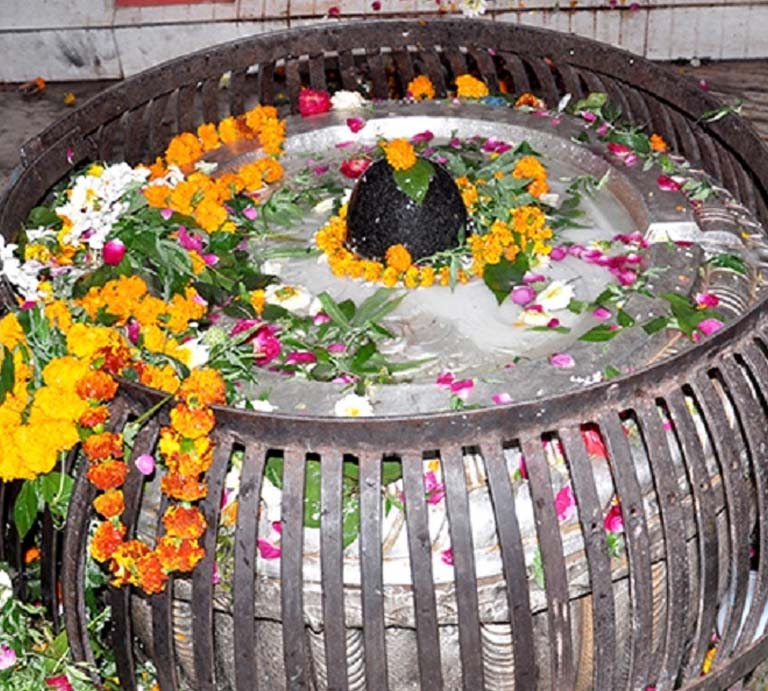
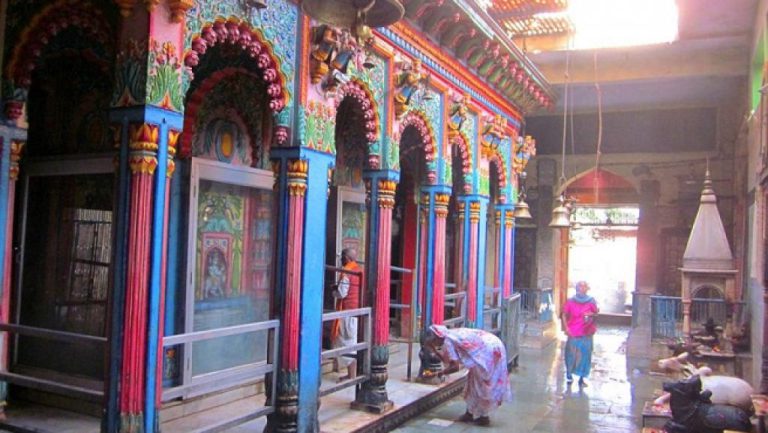
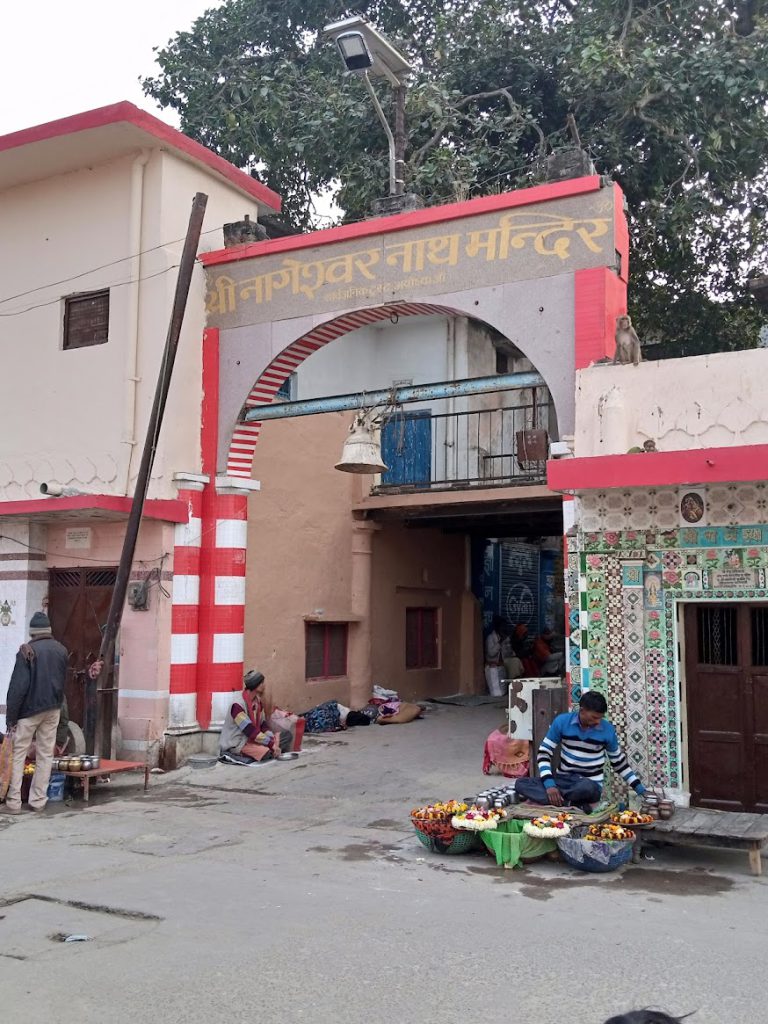
Kanak Bhavan Temple
Timings: 7:30 AM to 12 PM and 5:30 PM to 8:30 PM, open all days
Kanak Bhavan Temple, also known as Kanak Sone ka Mandir, is a well-known religious site in Ayodhya and it holds both religious and historical significance. The temple is named “Kanak Bhavan” because it is renowned for the richly ornamented idols of Lord Rama and Goddess Sita, which are adorned with a large quantity of gold jewellery and decorations.
Mythological Significance: According to Indian mythology, Queen Kaikeyi, who played a significant role in the exile of Lord Rama and his wife Sita; is believed to have built this temple as an act of repentance for her earlier actions. The temple is dedicated to Sita, and it is considered a symbol of her connection to Ayodhya.
Spectacular Location: Kanak Bhavan Temple is situated in a location that offers breathtaking views of sunrise and sunset. Visitors often come to witness these natural phenomena from the temple’s vantage point. The temple’s black and white tiled courtyard serves as a venue for musical performances during the evening hours. These performances are a major attraction for visitors and add to the overall cultural experience.
